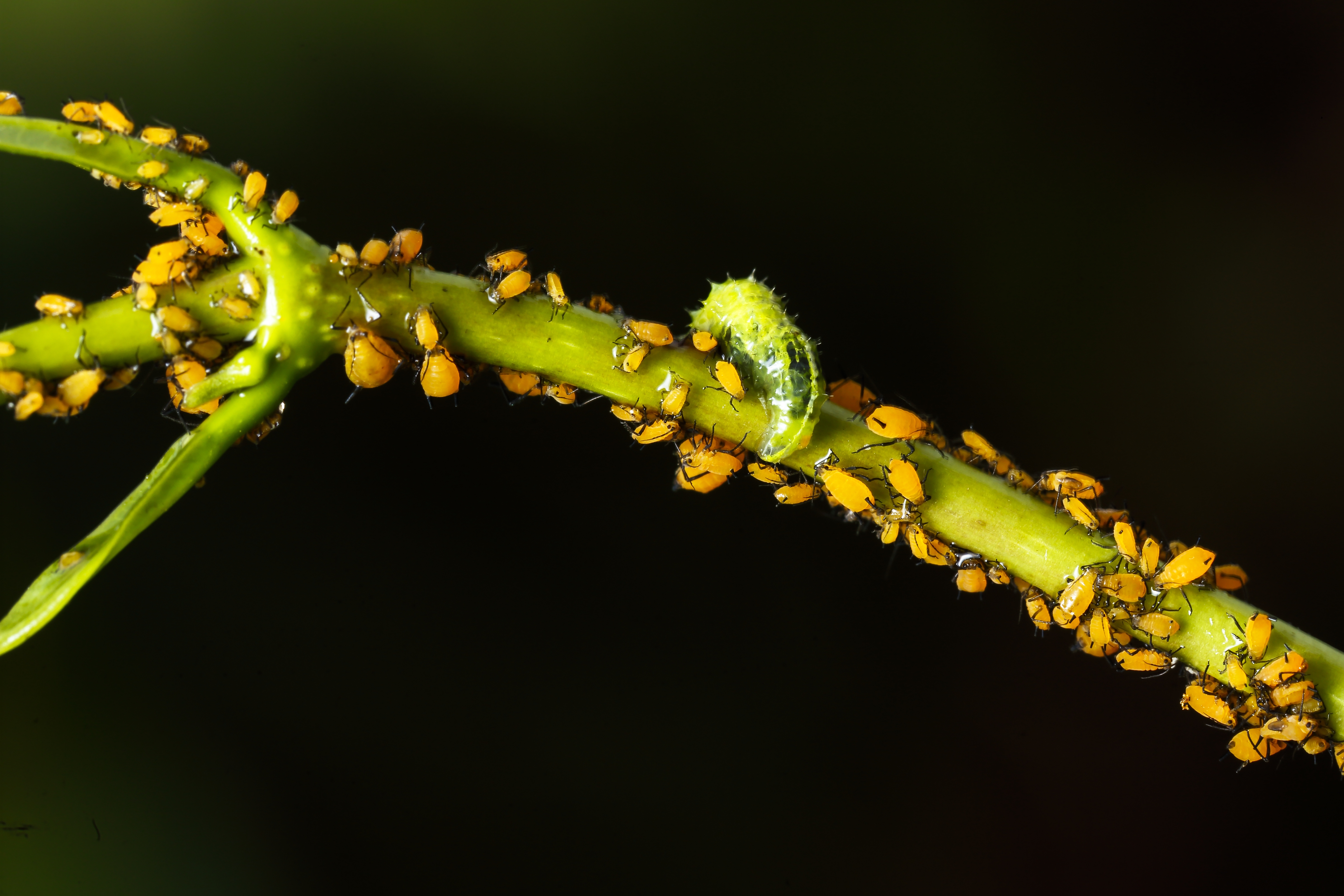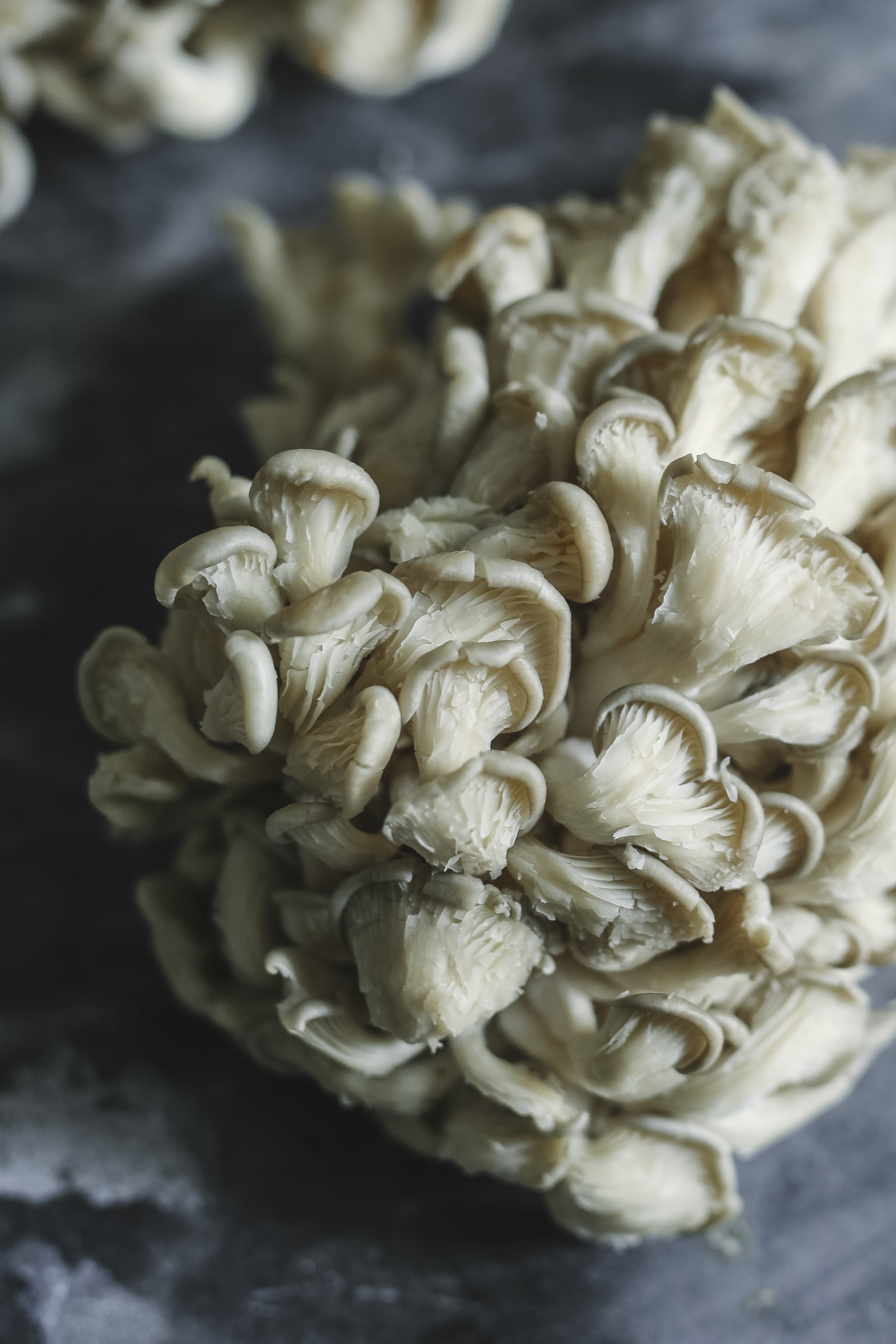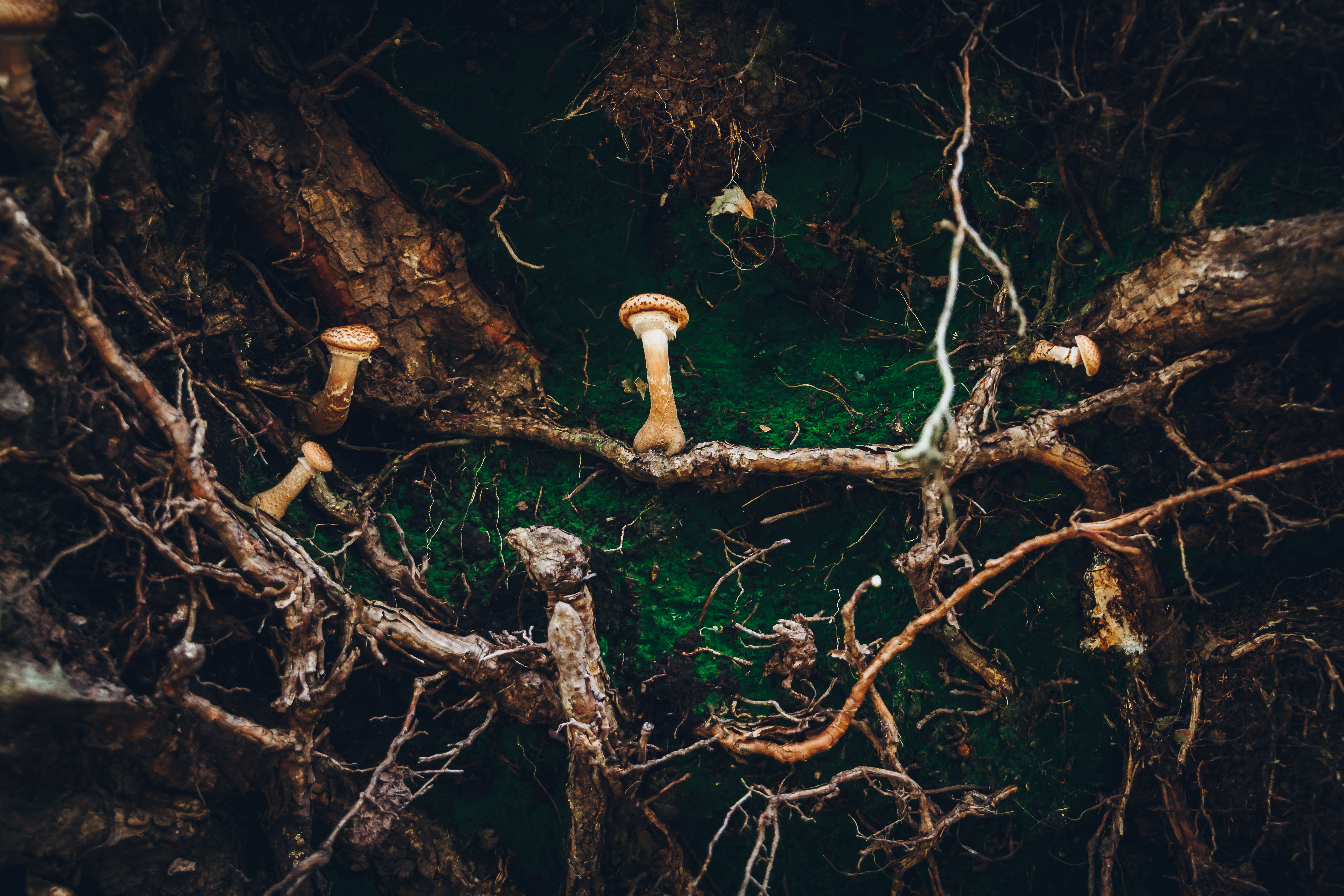Fun fact to blow your mind before your morning coffee:
In just one handful of healthy soil, there are enough fungal filaments to wrap around the Earth. Twice!
(Filaments are the ultra-fine strands that make up the body of a fungus. You can think of them as the fungus’s roots)
These microscopic globetrotters form one of the oldest and most successful partnerships in nature. For nearly 450 million years, fungi have been building vast underground networks that connect plant roots, trade nutrients, and help entire ecosystems thrive.
This partnership is called mycorrhiza, from the Greek mykes (fungus) and rhiza (root). The name literally means fungus root, and that’s exactly what it is, a living alliance between a plant and a fungus.
The fungus extends the plant’s reach deep into the soil, helping it absorb nutrients and water. In return, the plant pays for these services with sugars produced through photosynthesis. It’s a perfectly balanced exchange, nature’s own nutrient economy.
Pronounced my-ko-RYE-zuh, mycorrhizae (the plural form) might be invisible, but their impact is enormous. They make plants stronger, soils healthier, and life underground beautifully interconnected.
Why They Matter in Your Garden
Mycorrhizal fungi aren’t just for wild forests. your garden plants love them too! Once they settle in, they quietly make your soil healthier and your plants stronger. Here’s how they help:
How to get them growing
If the idea of foraging for wild fungi feels a bit much, there are easy ways to welcome mycorrhizae into your garden:
- Use healthy, living soil. Avoid soil that’s been sterilized or filled with strong chemicals; fungi can’t live in that.
- Add a little starter. Garden shops sell mycorrhizal “inoculant”, a powder or granule full of spores. Sprinkle it on plant roots or mix it into the soil when planting.
- Skip fungicides and chemical fertilizers. They don’t just kill bad fungi, they harm the good ones too.
- Feed your soil naturally. Add compost, mulch, or leaves to keep the fungi well fed.
- Be patient. Once they’re in, the fungi will spread through your garden on their own. You won’t have to do a thing.
And here’s where it gets really cool:
Some plants can’t even survive without them. Orchids, for example, rely completely on mycorrhizal fungi to germinate, their seeds are so tiny they can’t sprout without fungal help.
Mycorrhizal networks are also climate allies! They store over 13 gigatons of carbon globally, which is roughly the equivalent to about 36% of yearly fossil fuel emissions. So, every time we protect living soil, we help capture CO₂ and keep it out of the atmosphere.
And if that’s not impressive enough, these fungi even help plants “talk” to each other. Through their underground networks, plants can send chemical messages to neighbors, warning them of insect attacks or sharing distress signals. It’s plant teamwork at its finest. We could learn a lot from them, that’s for sure.

Want to Go One Step Further?
If you’d like to try something a little more visible (and delicious), you can also grow edible mushrooms at home, alongside your garden crops!
These mushrooms don’t team up with plant roots the way mycorrhizal fungi do, but they do show how fungi work their magic: breaking down old wood and turning it into healthy, living soil.
Inoculated logs are a great place to start. You can order spawn plugs for shiitake, oyster, or lion’s mane mushrooms and insert them into freshly cut hardwood. Keep the logs moist and shaded, and within a few months to a year, you’ll see your first fruiting bodies appear. If you’d like to learn more, check-out ‘‘how to grow mushrooms outside in your garden’’ by North Spore!

A living legacy
For me, mycorrhizal fungi are a reminder that growth never happens alone. Every leaf, every bloom, every breath of green is supported by countless living connections beneath our feet.
So next time you kneel to plant a seed or dig your hands into the earth, pause for a moment. Feel the quiet hum of life below, the same pulse that has shaped our planet for 450 million years and still sustains it today.
And let’s carry that wisdom above ground too. Be kind, be generous, and remember; we’re all connected, one way or another.
Want to learn more about this incredible symbiotic relationship? I’d recommended watching this vid!
Happy Gardening,
Sarah-Manon & Planter-team
